Nusrah Hussain
Batch Recurrent Q-Learning for Backchannel Generation Towards Engaging Agents
Aug 06, 2019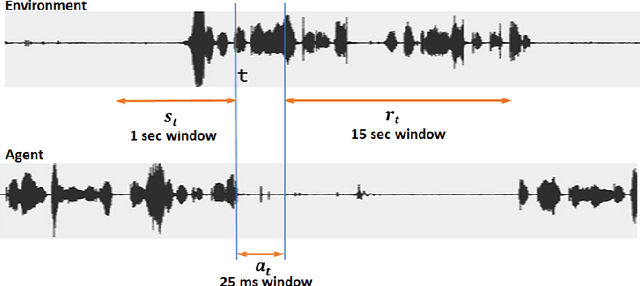
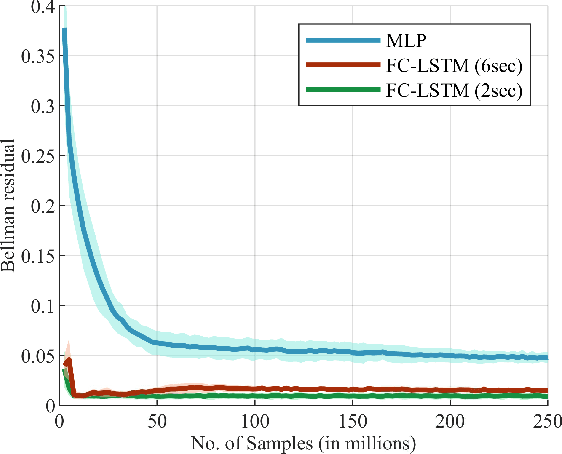
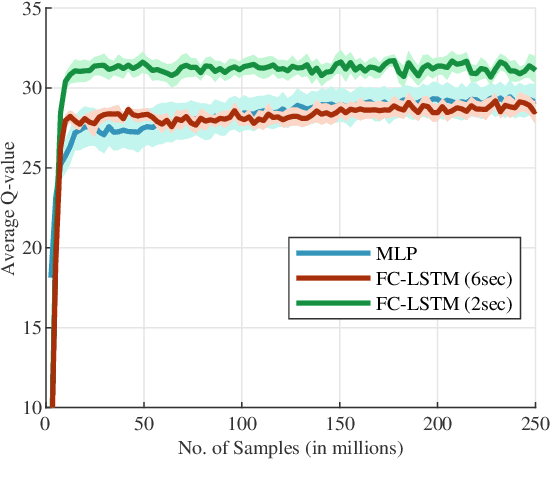
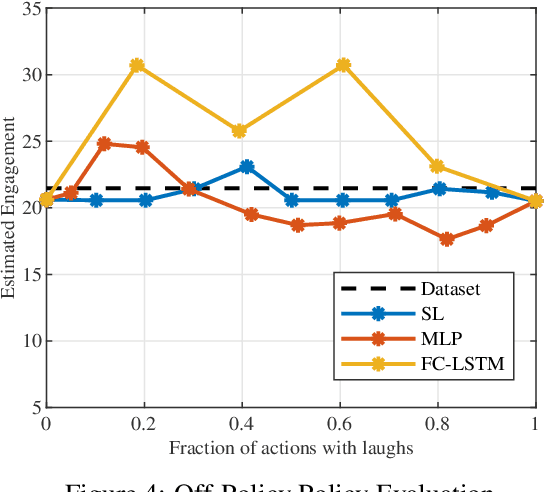
Abstract:The ability to generate appropriate verbal and non-verbal backchannels by an agent during human-robot interaction greatly enhances the interaction experience. Backchannels are particularly important in applications like tutoring and counseling, which require constant attention and engagement of the user. We present here a method for training a robot for backchannel generation during a human-robot interaction within the reinforcement learning (RL) framework, with the goal of maintaining high engagement level. Since online learning by interaction with a human is highly time-consuming and impractical, we take advantage of the recorded human-to-human dataset and approach our problem as a batch reinforcement learning problem. The dataset is utilized as a batch data acquired by some behavior policy. We perform experiments with laughs as a backchannel and train an agent with value-based techniques. In particular, we demonstrate the effectiveness of recurrent layers in the approximate value function for this problem, that boosts the performance in partially observable environments. With off-policy policy evaluation, it is shown that the RL agents are expected to produce more engagement than an agent trained from imitation learning.
Speech Driven Backchannel Generation using Deep Q-Network for Enhancing Engagement in Human-Robot Interaction
Aug 05, 2019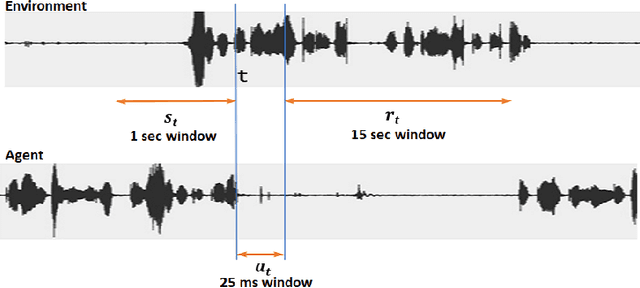
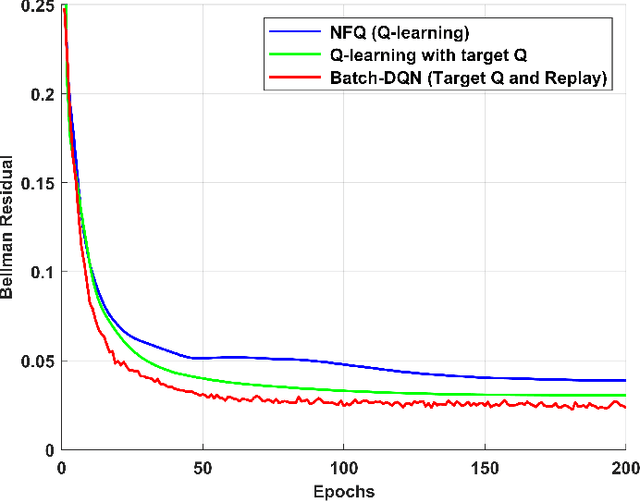


Abstract:We present a novel method for training a social robot to generate backchannels during human-robot interaction. We address the problem within an off-policy reinforcement learning framework, and show how a robot may learn to produce non-verbal backchannels like laughs, when trained to maximize the engagement and attention of the user. A major contribution of this work is the formulation of the problem as a Markov decision process (MDP) with states defined by the speech activity of the user and rewards generated by quantified engagement levels. The problem that we address falls into the class of applications where unlimited interaction with the environment is not possible (our environment being a human) because it may be time-consuming, costly, impracticable or even dangerous in case a bad policy is executed. Therefore, we introduce deep Q-network (DQN) in a batch reinforcement learning framework, where an optimal policy is learned from a batch data collected using a more controlled policy. We suggest the use of human-to-human dyadic interaction datasets as a batch of trajectories to train an agent for engaging interactions. Our experiments demonstrate the potential of our method to train a robot for engaging behaviors in an offline manner.
 Add to Chrome
Add to Chrome Add to Firefox
Add to Firefox Add to Edge
Add to Edge